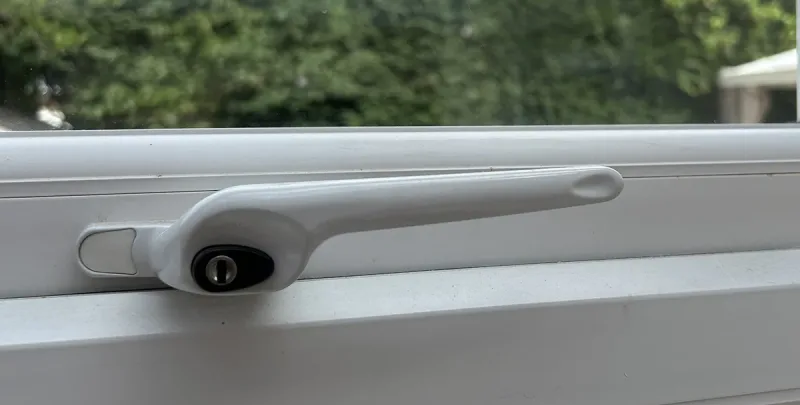As most of Britain worries about the threat of a major drought, many UK homeowners now face the threat of subsidence. It seems like only recently the main news topic of conversation was why homeowners cannot find adequate home insurance because they live on a floodplain. However, as record-breaking dry hot weather continues, it is likely to cause the foundations of more and more homes to shift and walls to crack...
With a hosepipe ban looming, riverbeds drying up and major water shortages across south of England - thousands of more homeowners may soon suffer the consequences of our changing climate. Buildings are generally designed to withstand a variety of seasonal changes in temperature and humidity. Yet extreme and prolonged periods of cold can lead to insurance claims related to burst pipes and flooding. Conversely, prolonged periods of extreme heat can lead to an increase in insurance claims related to the movement of the foundations of the building. Many new build homes are built on soil rich in clay. During periods of extreme heat, moisture evaporates from the soil mixture and the clay shrinks. Movements of the foundation can lead to serious cracking which can influence the structural integrity of a building.
It seems that the increasingly severity of extreme weather conditions, means that tens of thousands of homeowners are likely to submit home insurance claims for damage related to subsidence. Once a claim is assessed as relating to subsidence, insurance companies typically increase the policy holders annual insurance premium. In some extreme cases, it is the general policy of some insurers to avoid taking on new business altogether, from homeowners where subsidence has caused significant damage in the past.
The cost of repairing structural damage to a property can be significant, if it involves underpinning the foundations. Underpinning is the process of strengthening and stabilising the foundation of an existing building. It is accomplished by extending the foundation in depth or in breadth so it either rests on a more supportive soil or distributes its load across a greater area. However, the cost can run into tens of thousands of pounds, which is why insurance companies will load up premiums significantly on any risk they assess may suffer a large home insurance claim in the future.
If you have made an insurance claim with your home insurance company relating to subsidence, (and they are now refusing to honour the claim), you may be up to take your case to the financial ombudsman. However, if you failed to notify your insurer on your policy application that the may have been subsidence problems in the past, your claim may become invalid.
Living or working around underpinning repairs is a stressful and uncertain time for home owners. For tenants and residents of flats or freeholders of blocks of flats, the upheaval of a major insurance claim can be even worse. The explosion of purpose-built blocks of apartments on brown field, clay-based sites, means an increase in the likelihood in the number of subsidence related claims as extreme hot weather continues. As a part-freeholder, you may have to rely on the quality of your landlords building insurance policy to rectify any cracking walls or damage which affecting your part of the block.
Damage from a flood can usually be repaired once the flood waters subside. In addition, the policyholder can take practical actions to improve the Flood defences of the boundary of their land - thus minimising the impact of future flooding. However, with subsidence the lingering threat of major structural damage and huge costs, makes it much more difficult for victims to obtain a competitive home insurance quote in the future.
Underwriters prefer to know that a building (that has suffered subsidence problems of the past), has been properly underpinned by a recognised professional builder. Indeed, many argue that an underpinned property will provide greater defence against subsidence compared to one that has no underpinning repairs, in a similar geographic area. Therefore, keeping the paperwork details of any underpinning work will be vital data for any insurance company to adequately assess the risk, when coming up with a suitable premium.
Subsidence is one of the most influential factors on pricing home insurance, because the severity of a claim can be so dramatic on an insurers profitability. In particular, home owners, landlords on holiday homeowners alike, may find that they to incur a much larger excess at renewal time. there's nothing really controversial to argue subsidence claims. They will undoubtedly become more contentious as the recent planning reforms are passed into law. Indeed, if this uncertain weather continues, the drive to use more and more clay based greenbelt land (to cope with insatiable demand for affordable housing), will undoubtedly result in an increase in the number of home insurance claims.





























